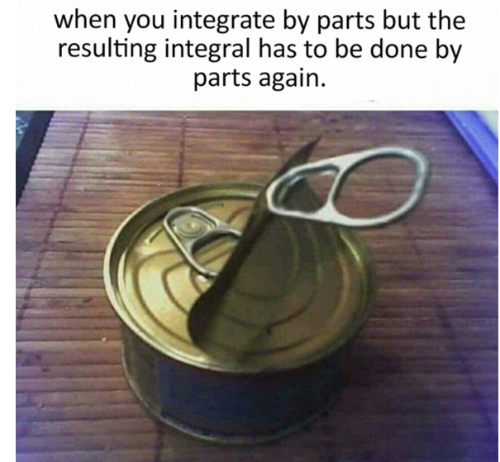Integration by parts AAHL5.20
| Factual Inquiry Questions | Conceptual Inquiry Questions | Debatable Inquiry Questions |
| 1. What is the formula for integration by parts, and how is it derived from the product rule for differentiation? | 1. Why does the integration by parts method work, and what does it tell us about the relationship between differentiation and integration? | 1. Is integration by parts always the most efficient method for integrating products of functions? Why or why not? |
| 2. In the process of using integration by parts, what are the typical choices for the functions and ? | 2. How does the choice of u and dv affect the complexity and solvability of the integral when using integration by parts? | 2. Could there be alternative methods to integration by parts that have not been discovered yet that could simplify certain integrals? |
| 3. Can you provide a step-by-step example of applying integration by parts to the integral, ? | 3. In what scenarios is it necessary to apply integration by parts multiple times, and how can we identify such cases? | 3. How does the application of integration by parts in theoretical mathematics differ from its application in practical problem-solving, such as in engineering or physics? |

Repeated use of integration by parts - Mini-investigation
Consider the integral, :
Step 1
Implement integration by parts on by selecting one function for differentiation and the other for integration. [Note: The expression obtained after integration will include a new integral that cannot be immediately solved.]
Step 2
Apply integration by parts once more to the new integral derived from the previous step. Ensure that you continue differentiating and integrating the same functions as in the initial step [i.e., if the exponential function was initially differentiated, continue to do so; similarly, if the trigonometric function was initially differentiated, continue with that function].
Step 3
Reflect on the formulae derived for after the second application of integration by parts in step 2.
Step 4
Determine a method to express that eliminates the inclusion of any integrals.
Use your findings, to calculate .
Identify the what characteristics of exponential and trigonometric functions that facilitate the integration of their product.
Interesting, quick and easy way to layout repeated integration by parts
Exam style questions.- Integration by parts
Practice questions 1-6
Section A - Short response style questions 7-18
Challenging questions 11,13,14
Section B - Long response style questions 19-21
[MAA 5.20] INTEGRATION BY PARTS
[MAA 5.20] INTEGRATION BY PARTS_solutions
Optional extension - Deriviation of integration by parts
Deduction of the integration by parts formula}
It is already known how to take the derivative of a multiplication by the product rule: assume
hence
Rearranging this rule:
.
Proceed to integrate both sides:
.
The initial term on the right-hand side becomes simplified as it involves integrating an already differentiated function.
.
This equation is recognized as the integration by parts formula.
![[MAA 5.20] INTEGRATION BY PARTS.pdf](https://www.geogebra.org/resource/ja653bda/7AvN8zFcnaj2Oe2y/material-ja653bda-thumb.png)
![[MAA 5.20] INTEGRATION BY PARTS_solutions.pdf](https://www.geogebra.org/resource/mnmxknef/VPRz5UsqfFHBGXo8/material-mnmxknef-thumb.png)

